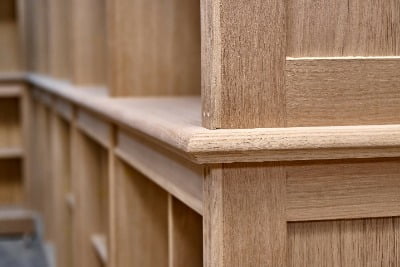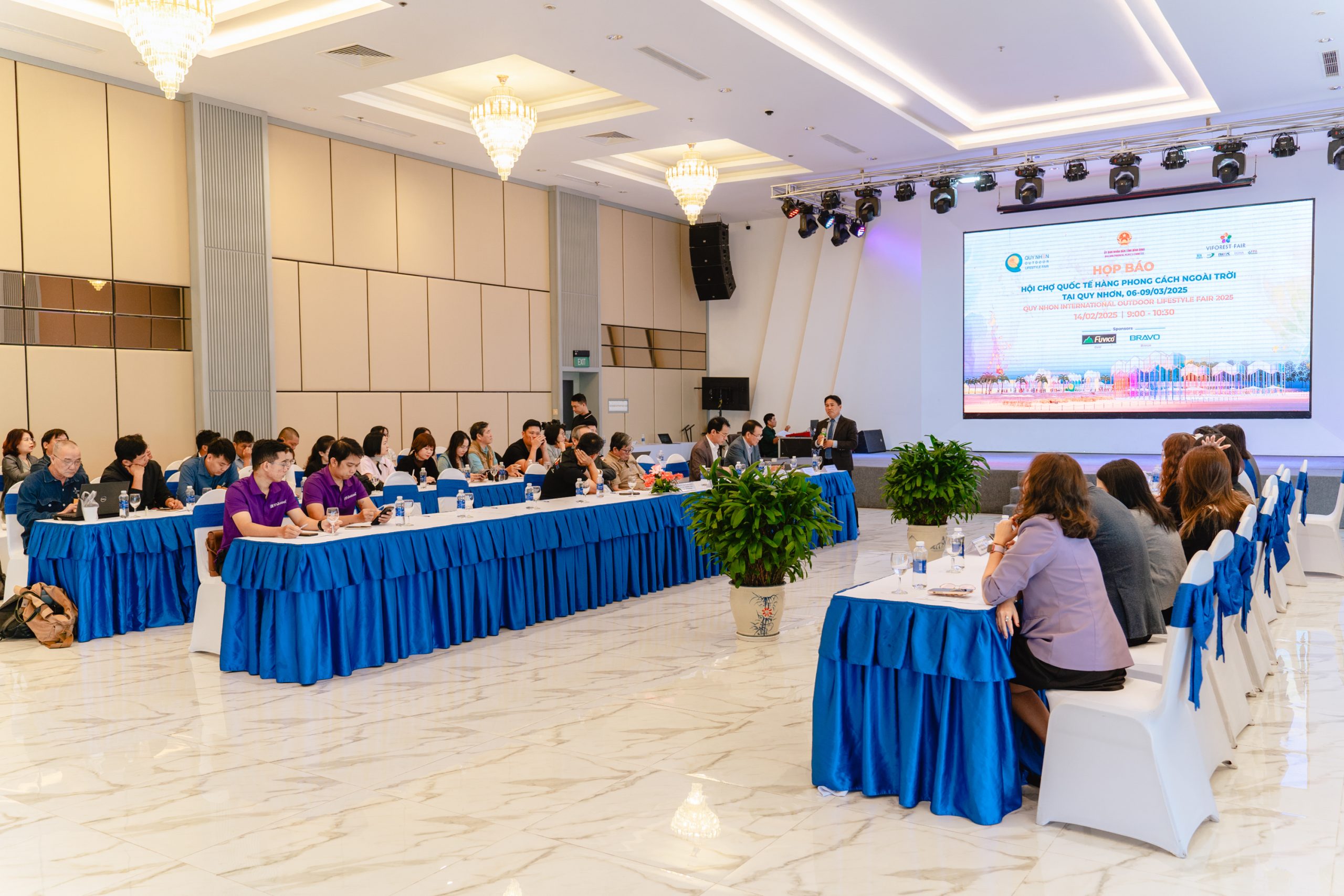In May 2025, the U.S. Department of Commerce (DOC), in coordination with the U.S. International Trade Commission (ITC), announced the initiation of a trade investigation into plywood products imported from Vietnam. This investigation was prompted by a formal petition filed by the Coalition for Fair Trade in Hardwood Plywood, a group representing domestic plywood manufacturers in the United States.
The case alleges that plywood imports from Vietnam, along with those from China and Indonesia, are being sold at unfairly low prices and are benefiting from government subsidies that distort fair market competition.
This move comes as part of the U.S. government’s ongoing efforts to address concerns about dumping and countervailable subsidies across various sectors, especially in industries that have shifted manufacturing capacity from China to Southeast Asia over the last decade.
Plywood and engineered wood products are now at the center of this trade scrutiny, and the outcome of the investigation could significantly reshape the competitive landscape for Vietnamese exporters.
Understanding the Scope of the Investigation
The products under review include hardwood plywood and decorative plywood. A specific focus is being placed on plywood products manufactured in Vietnam that may contain components or materials—such as veneers or cores—sourced from China.
The U.S. authorities are investigating whether these materials are being used to circumvent existing duties imposed on Chinese plywood.
The scope of the case also includes the examination of whether Vietnamese exporters have received unfair financial support or incentives from government programs that may qualify as countervailable subsidies under U.S. trade law.
If the allegations are confirmed, punitive duties may be imposed on Vietnamese plywood imports, potentially including both anti-dumping duties (ADD) and countervailing duties (CVD).
Legal and Economic Timelines
Following the petition’s submission, the DOC is expected to make a preliminary determination on whether to initiate the investigation by June 11, 2025. If the case proceeds, a preliminary ruling on countervailing duties is anticipated by August 15, 2025, followed by a preliminary determination on anti-dumping duties by October 29, 2025.
Final determinations by both the DOC and ITC are expected in late 2025 or mid-2026, depending on the complexity of the case and whether extensions are granted during the investigation process.
The implications of these rulings could be severe. If dumping and subsidy claims are upheld, Vietnamese manufacturers could face anti-dumping duties of up to 123.03%, a figure proposed based on pricing disparities found in early investigations.
Additional countervailing duties would depend on the extent of governmental assistance identified. These tariffs would apply to all qualifying shipments to the U.S., making Vietnamese plywood significantly less competitive in one of its largest export markets.
Impact on Vietnam’s Wood Products Industry
Vietnam’s plywood and furniture sectors have grown rapidly over the past decade, partly driven by a global shift away from Chinese manufacturing due to previous trade wars and rising production costs. Vietnam has become a major exporter of engineered wood, decorative panels, and hardwood plywood, especially to North American and European markets.
The current investigation poses a real threat to that growth trajectory. With punitive tariffs, exporters may face order cancellations, delayed shipments, higher insurance costs, and difficulties with long-term client retention. U.S. importers, too, may seek alternative sources or pass on higher costs to end-users.
Moreover, reputational damage from being associated with trade circumvention practices—whether real or perceived—could affect long-term strategic partnerships with international buyers. Vietnamese companies that rely heavily on the U.S. market may be forced to explore alternative export destinations or restructure their supply chains.
Compliance and Strategic Response
For Vietnamese plywood exporters, preparation is crucial. Transparency and documentation will play a decisive role in defending their position. Firms should be ready to demonstrate the origin of their raw materials, the production process, and any government support they may have received.
Participation in the DOC’s investigation process will also be vital, as failure to respond or cooperate may result in the imposition of the highest possible duties under the law.
In addition to legal readiness, companies must also examine their business models. Many manufacturers may need to reevaluate their sourcing strategies, invest in cleaner documentation systems, and explore new markets to reduce dependency on the United States.
Associations and trade groups within Vietnam are also expected to play a role in organizing coordinated responses and offering technical assistance to members facing inquiries.
A Broader Trend in Global Trade
This case should not be viewed in isolation. It reflects a larger pattern of trade enforcement that has intensified in recent years, especially in industries where production has shifted from China to emerging economies like Vietnam. As the global supply chain continues to evolve, countries that benefit from manufacturing relocation may find themselves under greater scrutiny from trade regulators in developed markets.
Vietnam has already been the subject of multiple trade investigations in the U.S., covering products ranging from steel to solar panels. The plywood case is part of that continuum, suggesting that compliance, traceability, and transparency are no longer optional—they are strategic imperatives.
Conclusion
The 2025 U.S. investigation into plywood imports from Vietnam marks a critical moment for the country’s wood manufacturing industry. Exporters who prepare carefully, stay compliant, and demonstrate transparency have a better chance of minimizing risk and continuing to grow in international markets. At the same time, the case serves as a warning that global trade is becoming more regulated and politically sensitive—demanding a higher level of diligence from companies, governments, and industry bodies alike.
This is not just a legal challenge. It is a strategic test of Vietnam’s role as a leading supplier in the global wood products value chain. The outcome will help shape how international buyers view Vietnam not just in 2025, but for years to come.
Source: White & Case, 2025
Read more article: The Truth Behind That “New Furniture Smell” – And Why Low-Formaldehyde Furniture from Vietnam Is a Safer Choice in 2025







